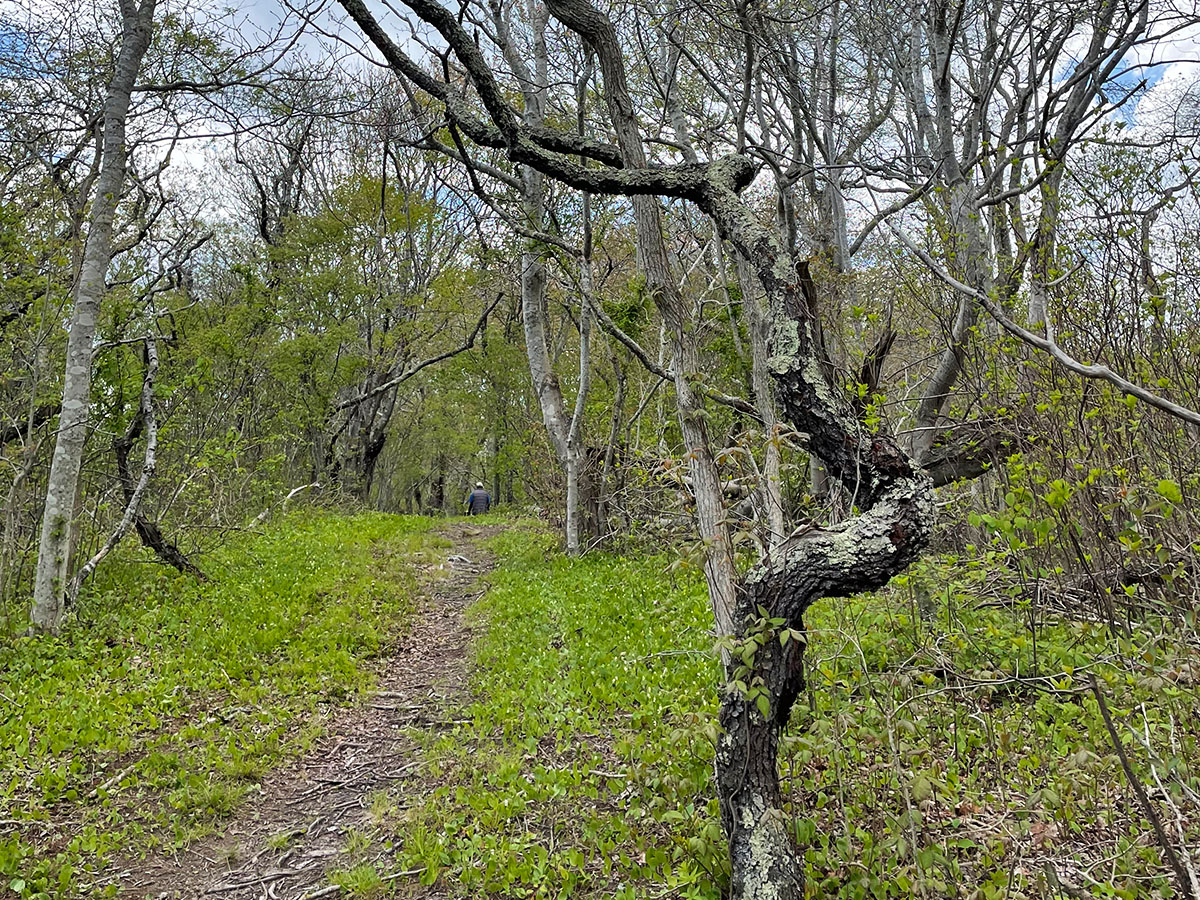Black Cherry (Prunus serotina)
Have you noticed the bizarrely-twisted trunks of so many of the Black Cherry trees on the Island? Their distorted shape is a result of natural pruning caused by a fungus, Apiosporina morbosa, known, quite descriptively, as Black knot.
Black cherry is a large, native tree found in the Midwest and throughout the eastern United States. The showy white flowers appear as pendulous clusters in early spring, followed by dark, pea-sized fruits in late summer. The mature bark is dark and scaly, often flipping up on the edges.
Black knot occurs on more than 25 species in genus Prunus (cherry, plum, chokecherry, peach, nectarine, apricot, almond, etc.) Often times, the disease is first noticed early in the next growing season after infection (year two), after the twig/branch swellings have developed into thickened, abnormally-shaped, black-colored galls. The galls will continue to grow and expand as long as the stem tissue remains alive. The galls can either girdle the stems outright or cause the distorted stems to grow at odd angles.
Over time, the girdled stems become amputated and then die and drop, leaving the remaining branches to a meandering and contorted pattern of growth.
Cultural management can be used to help prevent the spread of this fungus, by pruning the branches before spring as that is the time the buds produced by the fungus break, allowing the ascospores to be dispersed by the wind to find a new host.



